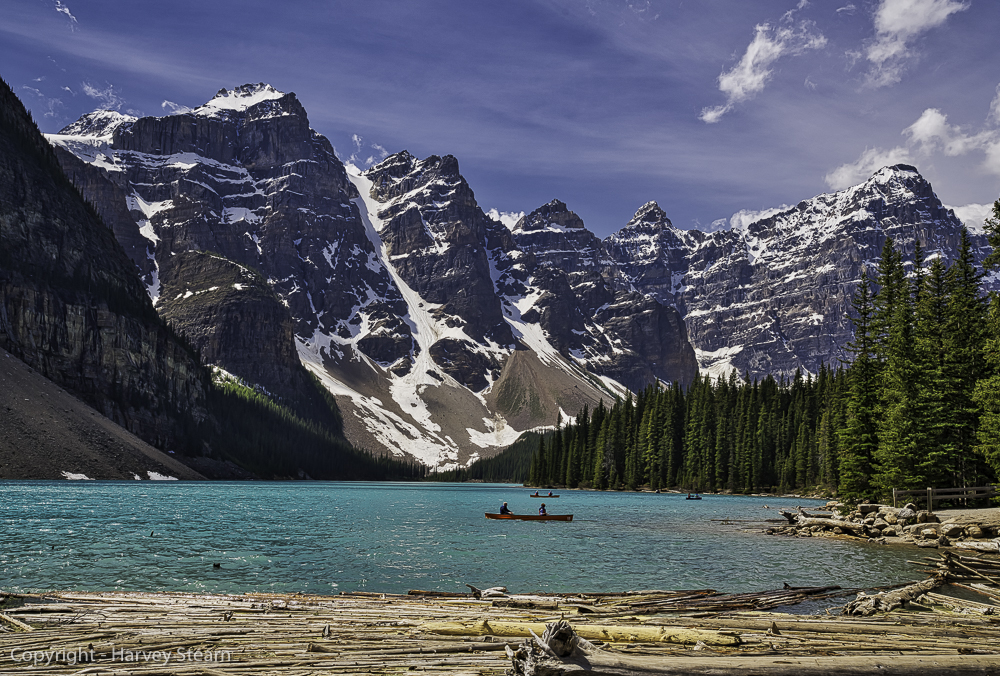Viva Resa: Your Gateway to Insightful Living
Discover news, trends, and tips for a vibrant lifestyle.
Chasing Light: Secrets Behind Stunning Landscape Shots
Unlock the secrets to breathtaking landscape photography and transform your shots with expert tips on mastering natural light!
Mastering Golden Hour: Timing Your Shots for Optimal Light
Golden Hour refers to the period shortly after sunrise and before sunset when the sunlight is softer and warmer, making it an ideal time for photography. To master this elusive lighting, it's crucial to plan your shoots around these specific times. Generally, the golden hour occurs approximately one hour after sunrise and one hour before sunset, but the exact timing can vary based on your location and the time of year. Timing your shots accurately will help you capture the stunning hues and contrast that can elevate your images from ordinary to extraordinary.
In addition to understanding the timing, you should also be aware of the ever-changing conditions during the golden hour. The light can shift dramatically as the sun moves closer to the horizon, so it’s essential to adapt your camera settings and composition on the fly. Utilize techniques like backlighting to create silhouettes or lens flares, and experiment with different angles to capitalize on the warm tones. With practice, you will learn to recognize the subtle cues that signal when the light is just right, ultimately allowing you to create breathtaking images that truly embody the essence of the golden hour.

10 Essential Tips for Capturing Breathtaking Landscape Photography
Capturing breathtaking landscape photography requires a blend of skill, patience, and an eye for detail. Here are 10 essential tips to elevate your landscape shots. First, always scout your location beforehand, ensuring you understand the terrain and potential vantage points. Golden hour—the hour after sunrise and before sunset—provides unparalleled lighting that accentuates colors and textures, giving your photos a warm, inviting glow. Remember to explore different compositions, such as the rule of thirds, to make your images more dynamic. Additionally, consider using leading lines to draw the viewer's eye into the scene.
Next, it’s important to stabilize your shot. Invest in a sturdy tripod to minimize camera shake, especially in low light conditions. Using a wide-angle lens can help you capture sweeping vistas, while a polarizing filter enhances colors and reduces glare from reflective surfaces. Another critical aspect is to pay attention to the foreground; incorporating interesting elements can add depth to your landscape. Lastly, don’t hesitate to experiment with post-processing techniques to refine your images further and bring your creative vision to life.
What Makes a Landscape Photo Truly Stunning?
When it comes to capturing the essence of nature, landscape photography hinges on several critical elements that can elevate a photograph from ordinary to truly stunning. First and foremost, the choice of location plays a significant role; breathtaking vistas, dramatic mountains, and serene beaches offer striking backdrops. Additionally, the time of day affects the mood of the image—golden hour, shortly after sunrise or before sunset, provides soft, warm light that enhances colors and shadows, creating an enchanting atmosphere. Composition is another essential factor; applying the Rule of Thirds can help create a balanced and engaging image by drawing the viewer’s eye to focal points within the landscape.
Moreover, the use of leading lines can guide the audience’s gaze into the photograph, helping to establish depth and context. Elements such as winding paths, rivers, or fences can effectively lead the eye toward the horizon. Texture and contrast also play pivotal roles, as varying elements within the scene—such as rocky cliffs juxtaposed with smooth water—can evoke powerful emotions. Finally, post-processing techniques can enhance the final image, allowing photographers to fine-tune colors and contrast, ensuring their landscape photos not only capture reality but also convey the awe and beauty of the natural world.